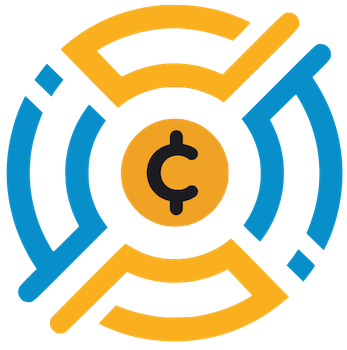In recent conversations within the cryptocurrency community, the tantalizing prospect of Cardano’s ADA reaching double-digit values has become a hot topic. This assertion, made by influential Cardano staking pool operator Sssebi, is not merely a pipedream; it rests upon a robust foundation of strategic developments. As the eighth-largest cryptocurrency by market cap, Cardano is on the cusp of significant transitions that have the potential to position it as a major player in the decentralized finance (DeFi) space. Yet, as with any bold prediction, it’s essential to scrutinize both the potential and the pitfalls that lie ahead.
Transformative Developments on the Horizon
Sssebi outlines five critical developments poised to transform ADA from a $0.70 token into a $10 asset. Each reference serves as both an opportunity and an uncertainty. The first major development is the integration of Bitcoin (BTC) liquidity into the Cardano ecosystem, facilitated by the newly demonstrated BitVM-based bridge. This groundbreaking move could allow BTC holders to engage with Cardano’s extended-UTxO environment, enabling innovative financial products that are currently dormant in the market, potentially unlocking over $1 trillion in value.
Moreover, Charles Hoskinson, Cardano’s founder, has hinted at the release of Midnight, a privacy-centric sidechain. While skeptics may question the viability of yet another cryptocurrency project, it’s essential to recognize the meticulous planning behind Midnight’s extensive airdrop strategy. This airdrop aims to create a vast network of ADA-capable addresses, eliminating the likelihood of the distribution falling into the hands of venture capitalists. Such a grassroots approach might invigorate the community, but it raises the question: Will the novelty be enough to sustain interest?
The ETF That Could Change Everything
The recent move by Grayscale to convert the Cardano Trust into a spot ETF represents another significant milestone. As the SEC forwards this application, which runs through a winding timeline until October 2025, the anticipation is palpable. Investors are keenly aware of the implications that such an approval could have in democratizing access to ADA staking opportunities. In the current landscape of crypto ETFs, no such regulated avenue exists, making Grayscale’s initiative a potential game-changer.
However, skepticism lingers. The regulatory environment surrounding cryptocurrencies remains tumultuous, as evidenced by the SEC’s past decisions. The uptick in interest towards ADA, especially after President Trump’s Executive Order establishing a Strategic Bitcoin Reserve, is met with caution. ADA saw an impressive surge post-announcement, but the volatile nature of cryptocurrencies raises questions: Can this enthusiasm be sustained long enough to bolster the ADA price into double digits?
Strategic Boosts from Government Recognition
Several respected figures in the crypto world recognize the significance of the U.S. government’s acknowledgment of digital assets like ADA. Sergey Nazarov, co-founder of Chainlink, has noted that inclusion in a sovereign reserve elevates the perception of ADA among conservative investors. This recognition is key; it paints ADA as a serious contender able to attract institutional money that had previously shied away from altcoins.
Nevertheless, this perceived legitimization comes with strings attached. The Executive Order restricts new purchases of altcoins, presenting both an opportunity and a challenge. Despite the promising valuation of ADA as part of a broader digital asset stockpile, the limitations on fresh investments could stifle momentum and contradict the very growth that’s being forecast.
Technological Innovations Promise Speed and Scalability
The introduction of Leios—a new upgrade meant to enhance transaction throughput—further solidifies Cardano’s competitive edge. Capable of processing “tens of thousands of transactions per second” while preserving decentralization, Leios is a testament to Cardano’s commitment to adaptability and innovation. The potential integration of Leios with Midnight lays the foundation for an expansive ecosystem, capable of handling higher user activity and demanding applications.
Yet, as promising as these upgrades appear, they often fall prey to the risk of over-promising and under-delivering. With numerous cryptocurrencies boasting high transaction capabilities, the ultimate question remains: Will Cardano’s ambitious goals translate to tangible benefits for users?
A Market on the Brink of Change
Currently valued near $0.70, for ADA to achieve $10 would mean a market capitalization surging to approximately $350 billion—rivaling the heights once seen by Ethereum. This leap is not just wishful thinking; it hinges on transformative events aligning to create a conducive environment for growth. As Cardano continues to evolve and adapt, the advent of these innovations could either fulfill the vision of a $10 ADA or serve as cautionary tales of missed opportunities in a rapidly changing landscape.
Both skepticism and optimism breathe life into the discussion surrounding ADA’s future. The crypto world continues to oscillate between excitement and caution, and with Cardano deep in the fray, one thing is clear: The race to $10 will be anything but straightforward.















